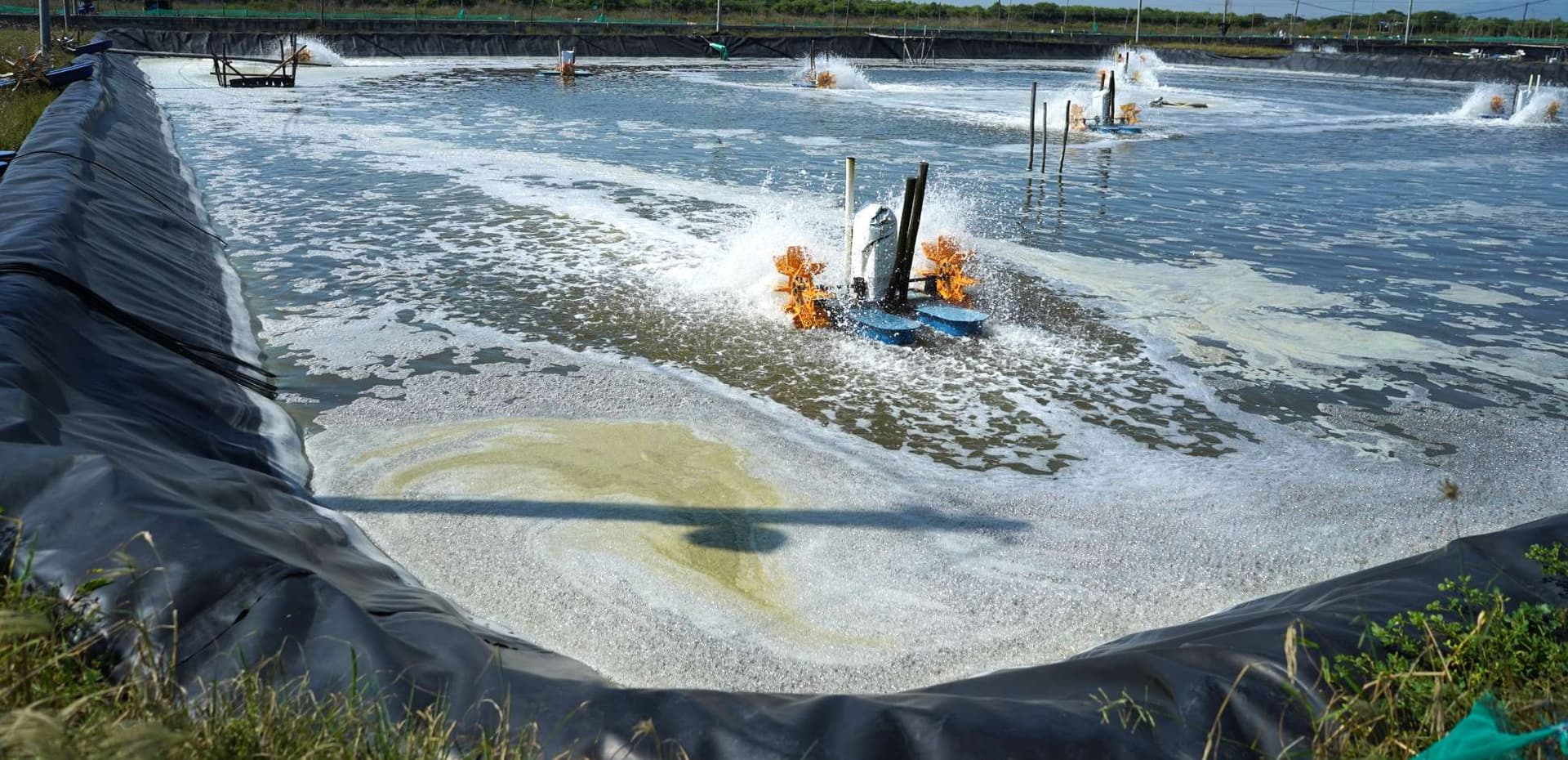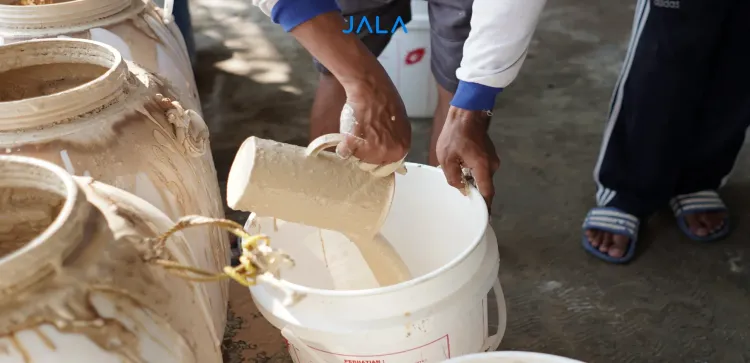
The plankton system in shrimp farming is a cultivation method that involves plankton as a natural feed for shrimp. This system is also known as open system cultivation because it receives input from the environment.
In the plankton system, the water in the pond is given nutrients to boost the growth of plankton. The plankton will become a source of natural, nutrient-rich food for the shrimp. By employing the plankton system, farmers can reduce the use of artificial feed.
The dynamics of the plankton system can be affected by changes in temperature, physical and chemical conditions of the water, and nutrient levels. Meanwhile, the dynamics of the plankton system affects the environment through the production of oxygen as well as the consumption of carbon dioxide. This complex interaction between organisms and the environment has an impact on the balance of the ecosystem.
Organisms such as phytoplankton (microalgae), zooplankton, and planktonic bacteria that live in the waters will process incoming sunlight and nutrients to become food, by-products, and waste. The results of this processing can affect the environment and pond ecosystem balance because it will be returned to the environment through the decomposition process.
The advantages of plankton system in shrimp farming
The plankton system in shrimp farming has several advantages. These advantages become the reason for some farmers to run cultivation with this system. These advantages include:
Reduce production costs
Feed occupies the highest portion in the allocation of cultivation costs. By using plankton as a natural food for shrimp, the dependence on expensive artificial feeds can be reduced. This is also one of the efforts to maintain pond finances.
Rich in natural nutrients
Plankton has a high nutritional content to help shrimp growth. Shrimp will get balanced natural nutrition so they can grow more optimally.
Maintaining the balance of the ecosystem
Cultivation of the plankton system can help maintain the balance of the pond ecosystem. Apart from serving as natural feed, plankton also maintains water quality and minimizes the risk of harmful algae.
The disadvantages of plankton system in shrimp farming
However, the plankton system in shrimp farming also has disadvantages because it must be monitored intensively. This requires extra time and effort from the farmer.
In addition, the stability of plankton is also quite vulnerable and can be affected by several factors. These factors are fluctuations in temperature, poor water quality, and the presence of disease. Unstable plankton conditions can disrupt the availability of natural feed for shrimp.
Cultivation with the plankton system has its own advantages and disadvantages. For optimal results, recording and monitoring of conditions must be conducted regularly. This is done so that farmers can have accurate decision-making materials and anticipate unpredictable conditions.
References: Plankton dan Kualitas Air Tambak Udang Zaqiyah, F. 2015. Pengamatan Kelimpahan Plankton di Tambak Udang Vannamei Sistem Intensif PT Surya Windu Kartika, Desa Bomo, Kecamatan Rogojampi, Banyuwangi | Fakultas Perikanan dan Kelautan Universitas Airlangga





